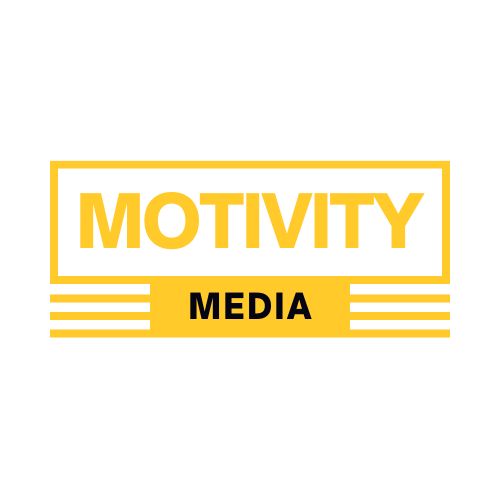First 90 Days of a New Leadership Role
The first encounters, whether new to the organization or new to a role, are critical to forming impressions. The human mind quickly establishes a perception often clouded by "confirmation bias" or placing new information in the context of what one already believes about a person, role, situation, or event.
By systematically establishing a "first impression" while gathering data to which you will react as a new leader, use the first 90 days of a new role to develop engagement and create the context for future actions.
Here are some tactics to use as a checklist during your first 90 days of a new leadership role:
Systemic Assessment Checklist
o Conduct a listening tour with a broad sample of stakeholders (create operating themes to address in the future).
o Define your role, considering the mission of the organization.
o Seek out knowledge (recent history, sacred cows, personal agendas, key insights).
o Define the non-negotiables and ethical boundaries.
o Clarify key processes (decision rights, approval boundaries, processes, timelines).
o Assess existing and needed resources and capital needs.
o Assess your direct reports for fit in the context of your expectations.
o 11. Quickly establish critical relationships with transparency and trust.
o 12. Carefully study the culture without bias.
Individual Encounters
o Be present (phoneless) in your conversations.
o Learn "who" they are, not just what they do.
o Experience their role where possible by observation or participation.
o Ask how you can help them achieve their purpose/work.
o Help without asking about matters that can immediately relieve their workload.
o Force some breaks – ask for vacation calendars and plans to encourage time off.
o Acknowledge life outside work by learning about their family and creating boundaries for after-work communication.
o Offer gratitude for who they are or what they have done to reinforce the behavior.
o Less "me" and more "we" in your vocabulary to demonstrate shared power and teamwork.
o Overserve "me vs. you" dynamics to reduce hierarchical fear.

